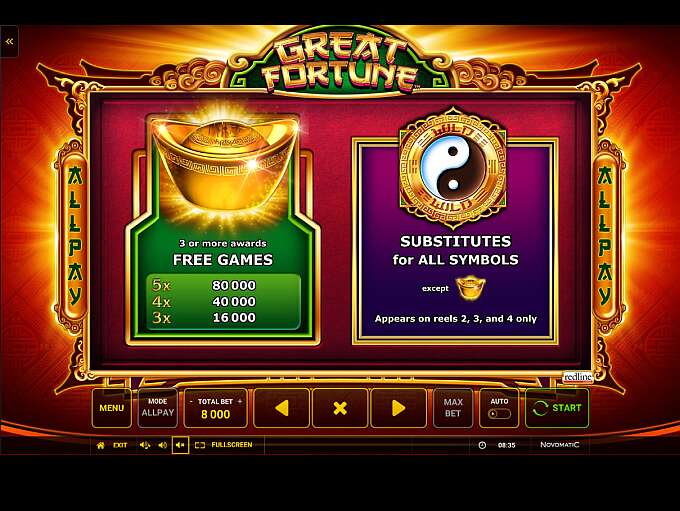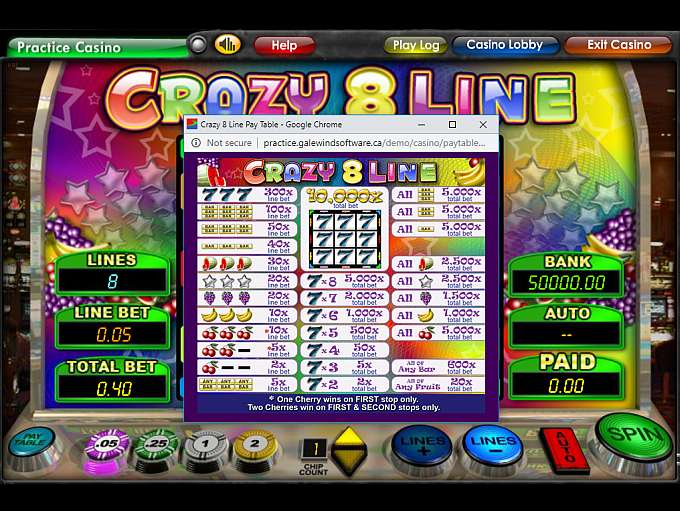
Your validation will come when you say, “It has to be a ten or an ace,” and then flipping it over to find yourself correct. After running the deck “guess” what the remaining card is. When proficient at this try pulling a card out of the deck, face down. This speed will guarantee that no dealer alive can spread cards faster than we can count. Eventually we will want to approach 25 seconds running the deck down one card at a time while maintaining accuracy. Keep practicing until you do come out even at the end, every time, and gradually build speed. At the end of the deck we should come out at “0”. We start with a deck of cards, flipping them over one at a time and keeping the running count.
BOSS MEDIA BLACKJACK MULTIDECK PLUS
If the low cards are good for the dealer why are they counted as plus value? Because when we see that low card come out the ratio of high to low cards remaining has changed slightly in our favour. The 7,8,9 are neutral in this count and our eye should be trained to not even see these for counting purposes, for they have no bearing on the count. Note that there are the same amount in each group: 2,3,4,5,6 and 10,J,Q,K,A. In High-Low the 2-6 are valued at +1, and the 10s and Aces are counted as -1. Switching to a more complicated system should not be hard once High-Low is mastered, and stepping down, as it were, to a simpler count will be very easy. We would suggest using this as your counting method at first. High-Low falls somewhere in the middle of the pack for playing efficiency. We are going to use High-Low for this example as it is a simple balanced count, and is perhaps the most widely used system. Generally speaking, the easier a system is to use the less effective it is sometimes the difference amounts to splitting hairs, but there is a difference. Unbalanced counts, like the KO (Knock Out) system were designed to eliminate true count conversion.

There are many systems available and they fall into two general categories: balanced and unbalanced. However, the edge it gives the player over the house is small at around 0.5% to 1.5% – and many players don’t feel that it is worth the effort.

Yes, it can help you make decisions in a hand if you know if there is an above average or below average number of cards with the value of 10, Aces or low value cards. Let’s face it though, if that was the case, people would be doing it all the time and casinos would either have made changes to counter-act it or they would have gone bust by now. It has featured in a number of films over the years and several of them make it look like it is a sure-fire way to win. The most common game for Counting cards is usually in Blackjack, especially when more than one shoe or deck of cards is used. Counting cards is the art is keeping track of cards that have been dealt, with the aim to increase the odds in favour of the player.


 0 kommentar(er)
0 kommentar(er)
